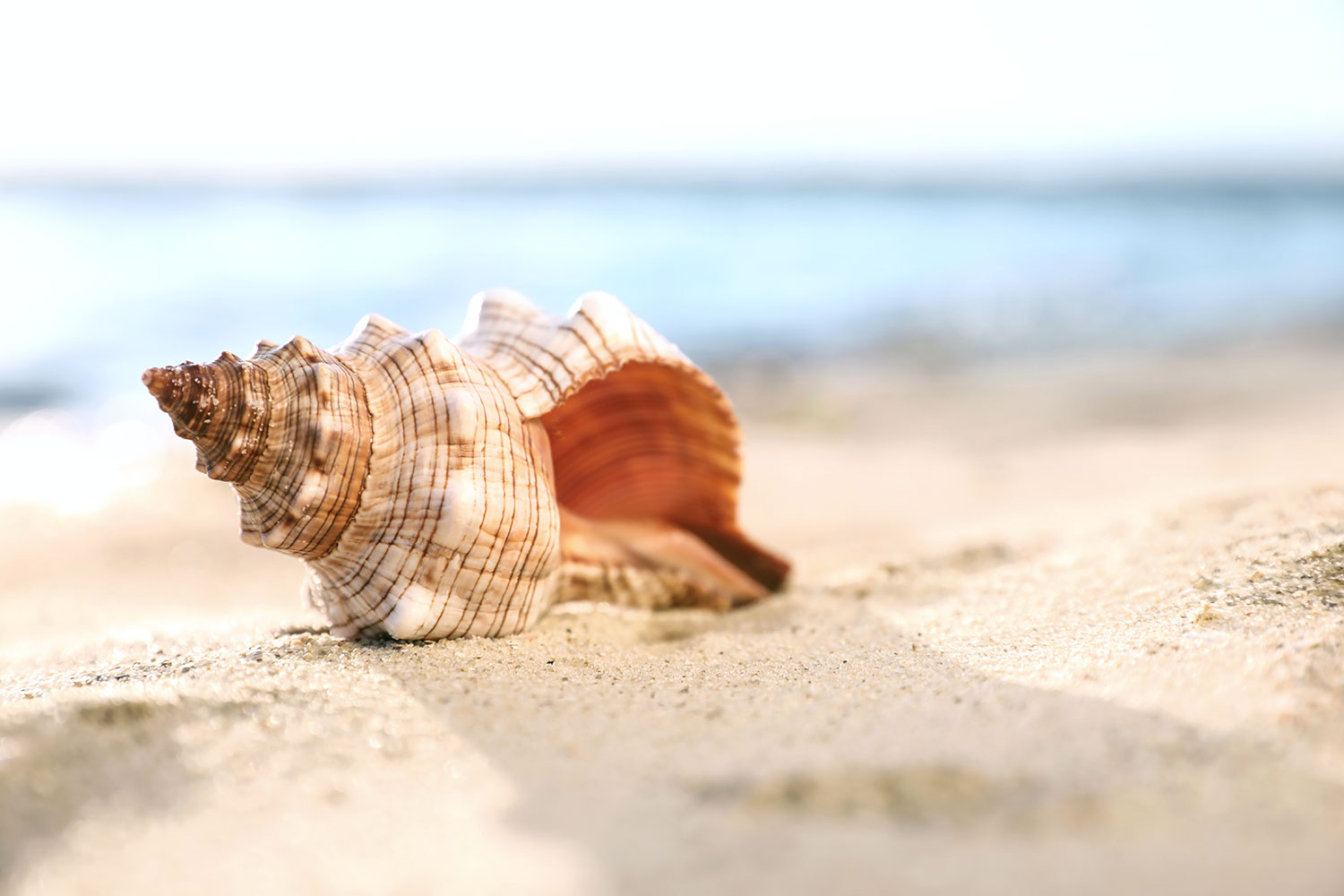
Fishermen weave the shells of veined rapa whelks and put them down under the sea for a period of time and pull them up to catch webfoot octopuses. It is because webfoot octopuses take the shells as their homes. As the shell of veined rapa whelk is hard and its entrance is wide, it is very suitable for webfoot octopuses not only to enter it but also to lay eggs and protect them.
When a webfoot octopus lays eggs, hundreds of eggs, which look like grains of rice, cling to the inside of the shell densely and wait to hatch. The webfoot octopus does not leave the eggs even for a while until they hatch, which takes about 55 days. Meanwhile, the webfoot octopus circulates the water into the shell to provide fresh oxygen, and pampers the eggs, wiping them with suckers. When other fish gather around her to eat her legs, she does not escape; she rather gives up on life.
Her young hatched from the eggs scatter away to find their own way without looking back. By that time, the webfoot octopus is exhausted and ends her life. Only the empty shell remains as if it consoles its touching maternal love.